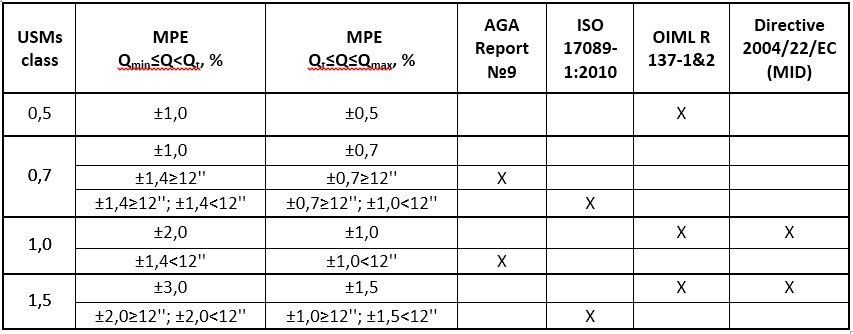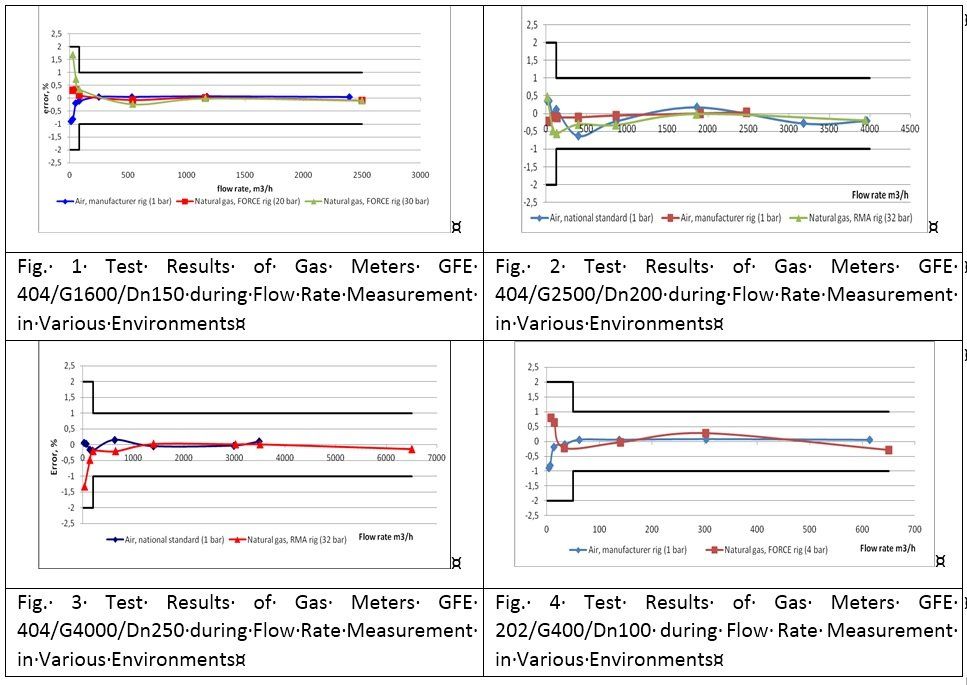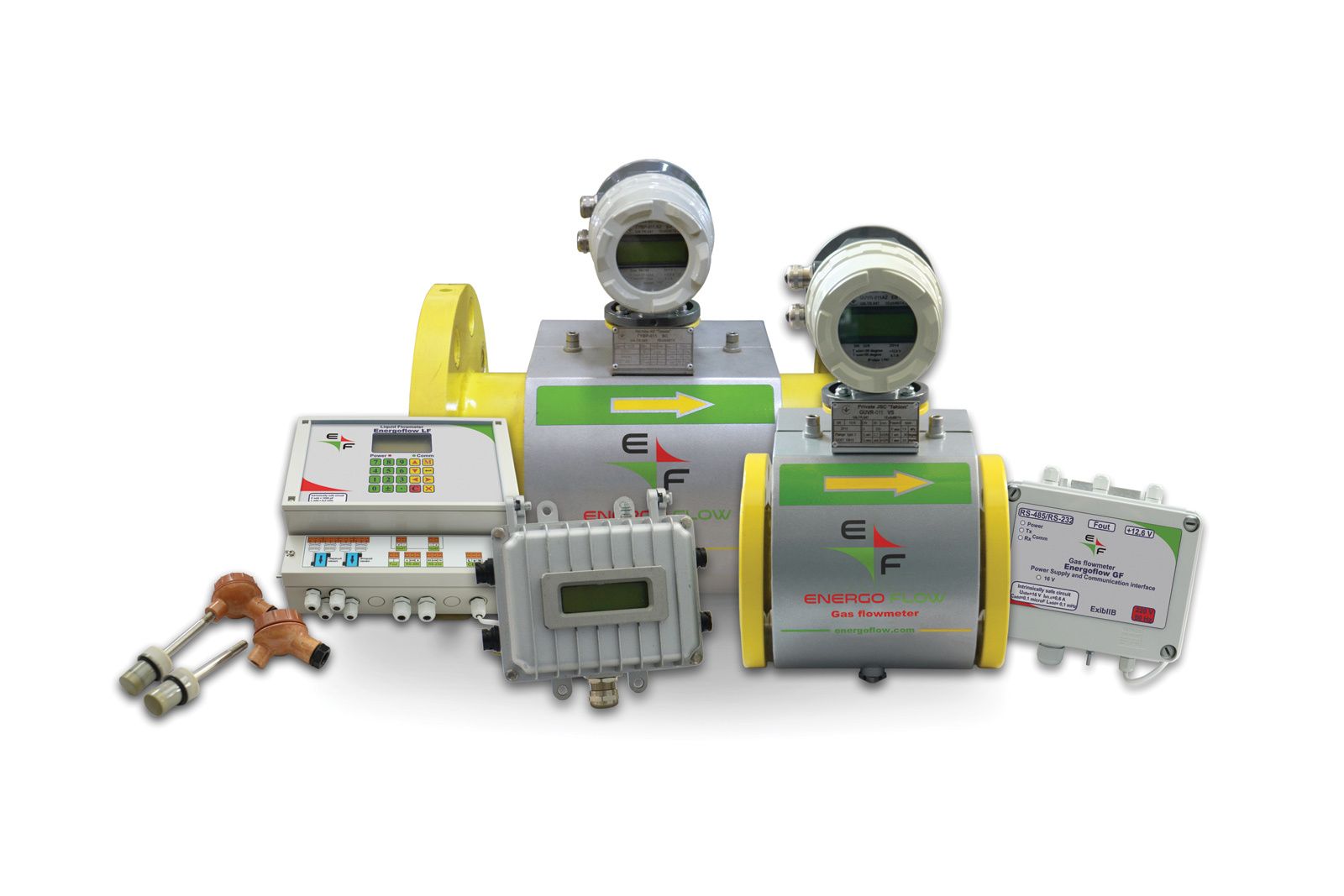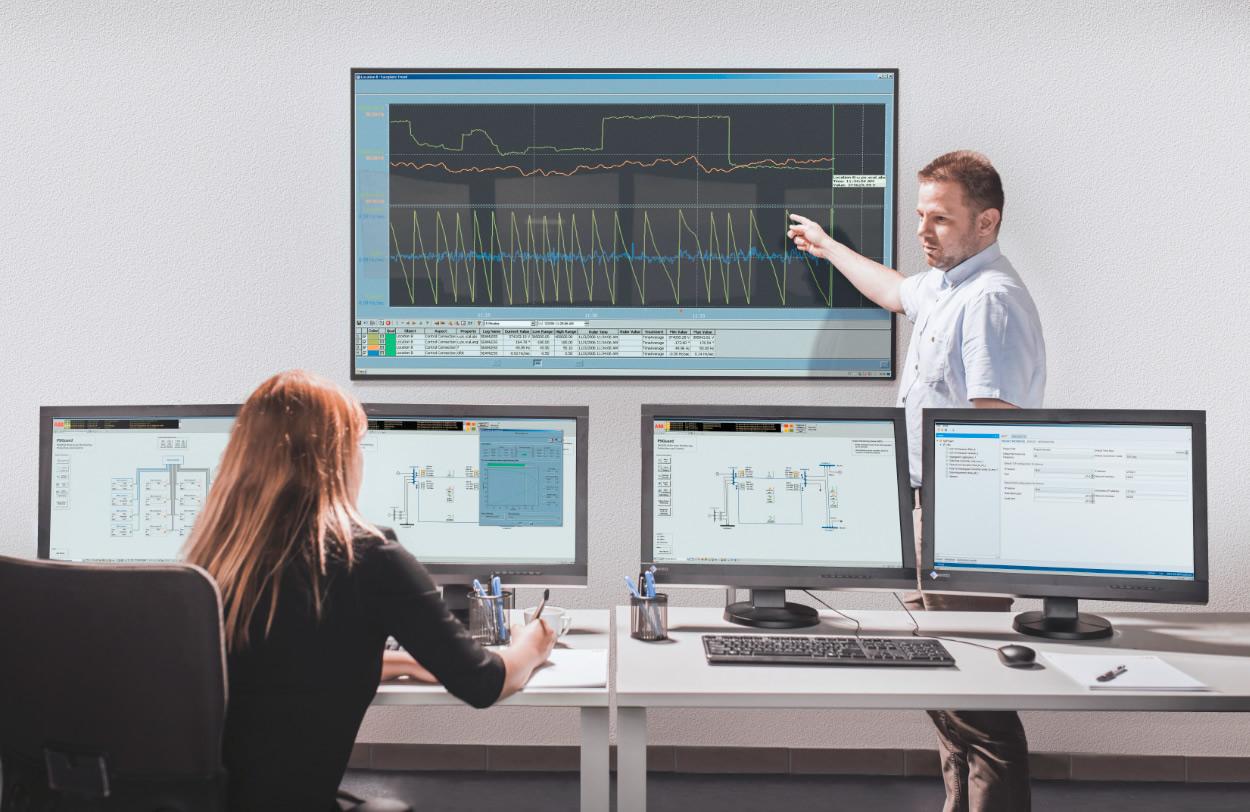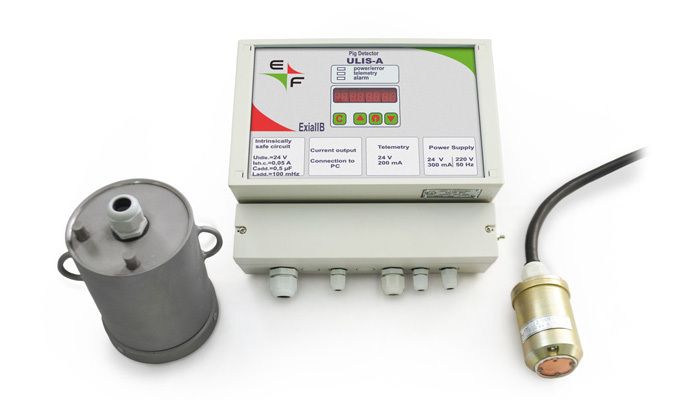
Origin of pigging
When crude oil was first found on the american continent, the first pipelines were built. And very soon the prospectors found that the pipelines were getting clogged with paraffin and debris. They used a simple solution - one used centuries ago by Romans to clean their aqueducts.
An object roughly with the diameter of the linesize was introduced into the flow. The flow pushed it along the pipeline and it would remove dirt and paraffin from the pipe wall.
Why “pig”?
The cleaning device is generally called a “ PIG ”. Maybe it was so called because earlier, these inserts were covered in leather and made a high pitched squealing sound when the leather rubbed against the pipe inner surface - a sound every farmer who had pigs could identify very well!
(Of course, some say that “ PIG ” is an abbreviation for “ Pipeline Inserted Gadget ” - but they obviously have never heard pigs squealing.)
Why pig detectors are needed?
Over time, the pipe geometry changes. Besides, sometimes the pipes are so clogged that the flow is not strong enough to force the pig through the debris. This might result in the pig getting stuck - then the flow is blocked and the pipeline may even get damaged due to pressure build-up. Since the pipeline section being pigged is hundreds of kilometers long, locating the place where the pig is stuck is difficult, time consuming and, in general, involves lots of digging . Therefore pig detectors are installed along the line to monitor the progress of the pig. Besides, pig detectors are installed at the sites where the pig is inserted in the pipeline (pig launcher) and where the pig is removed from the pipeline (pig receiver)
Why non-intrusive active ultrasonic pig detectors are more reliable:
- They do not cause disturbance to flow
, do not need modification of pipeline
, can be automatically reset
(as compared to mechanical intrusive type pig detectors);
- They are not dependent on the pig type
, can be used with pigs made of any material without the need of attaching a magnet to the gadget and do not cause magnetization of the pipe
(as compared to magnetic type pig detectors);
- They generate their own ultrasonic signal and therefore provide 100% reliable pig detection and are not affected by noises in the ultrasonic diapazone which are generated by other factors
(as compared with passive non-intrusive ultrasonic pig detectors).
If you'd like to consult with one of our flow specialists to help you choose the ultrasonic flow measurement solution that best suits your application, please feel free to contact us .

